Remember when your parents or grandparents had the same toaster, sewing machine, or suitcase for 30 years—and it still worked? These days, it feels like things break just after the warranty ends. That’s not your imagination. From planned obsolescence to cheaper materials, many everyday products just aren’t built to stick around anymore. Let’s take a look at 13 items that once lasted a lifetime but now seem designed for the landfill.
1. Washing machines

Washing machines used to be dependable, heavy-duty appliances that ran smoothly for decades. According to Consumer Reports, older models built before 2000 often lasted 20 years or more with minimal repairs. Today’s machines are loaded with smart features, but they also tend to break down faster and cost more to fix. Many new models have a lifespan of only 8 to 12 years.
The push toward energy efficiency and tech integration has come at the expense of durability. And with many parts sealed or proprietary, DIY repairs are harder than ever. Some owners find it cheaper to replace than repair. It’s a frustrating reality of modern appliance ownership.
2. Luggage

Vintage luggage was made from metal frames, thick canvas, or genuine leather—and passed down like family heirlooms. As noted by Forbes, today’s suitcases are often made from lightweight polycarbonate or soft synthetics that crack, rip, or lose wheels after a few trips. Frequent flyers know the heartbreak of a busted zipper or crooked handle. Airlines aren’t gentle, and modern luggage just isn’t up to the challenge.
Yes, new luggage is lighter and easier to roll. But it often sacrifices quality for convenience. Even high-end brands rarely hold up like the rugged Samsonites of old. Durability has taken a backseat to style and weight reduction.
3. Coffee makers
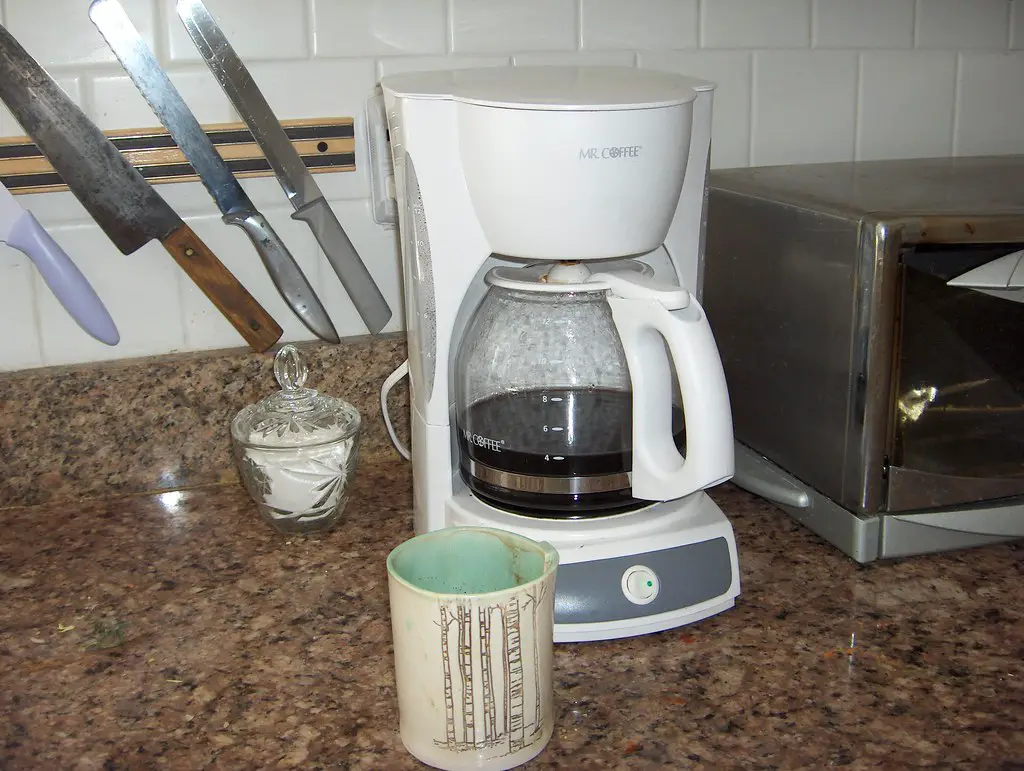
Once upon a time, your drip coffee maker lasted 15 years and never gave you trouble. But according to CNET, most modern models have a life expectancy of just 3 to 5 years—especially those with electronic displays and internal sensors. Single-serve brewers like Keurig are notorious for clogging or losing power after a couple of years. And if it breaks? It’s usually cheaper to toss it than repair it.
Part of the problem is complexity—more parts mean more things can go wrong. Another issue is the low cost of replacement. Why fix a $40 machine when you can buy a new one with next-day delivery? Unfortunately, that mindset leads to more waste and less long-term value.
4. Toasters
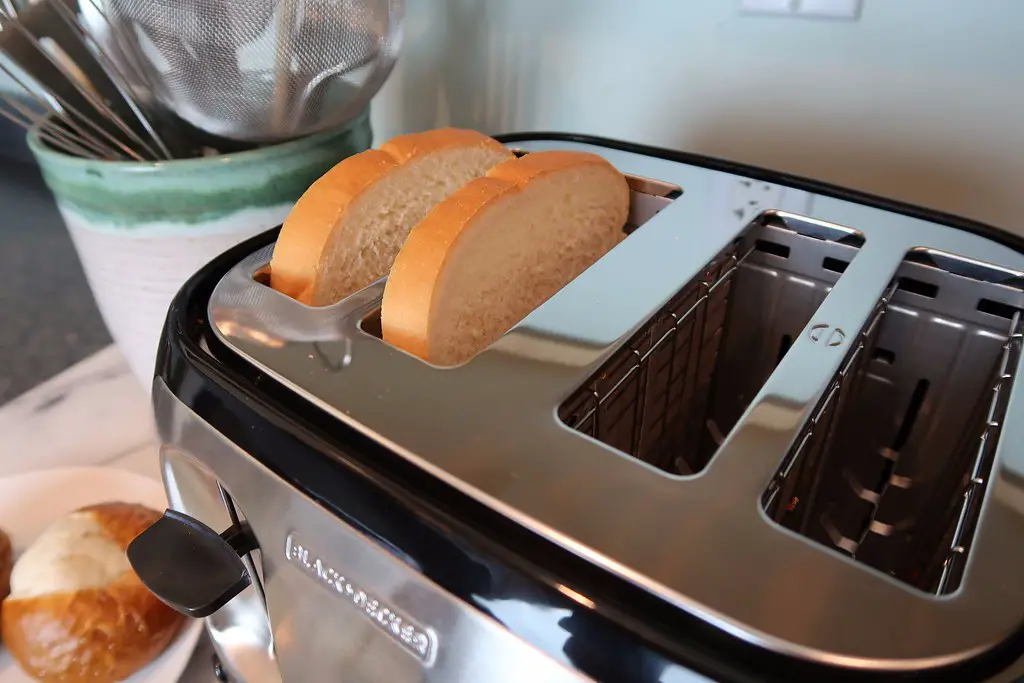
Your grandmother’s chrome toaster could probably survive a nuclear blast—and still toast a bagel. But as noted by Wirecutter, newer toasters tend to have short life spans, sometimes burning out after just a few years. Many are built with plastic parts, thin wiring, and cheaper heating elements. They’re not designed for longevity—they’re designed for turnover.
That’s frustrating, especially considering how simple a toaster’s job is. Most modern versions can’t match the evenness or reliability of older models. And while fancy features like digital displays look nice, they often shorten the product’s life. Another once-reliable tool gone flimsy.
5. Sneakers
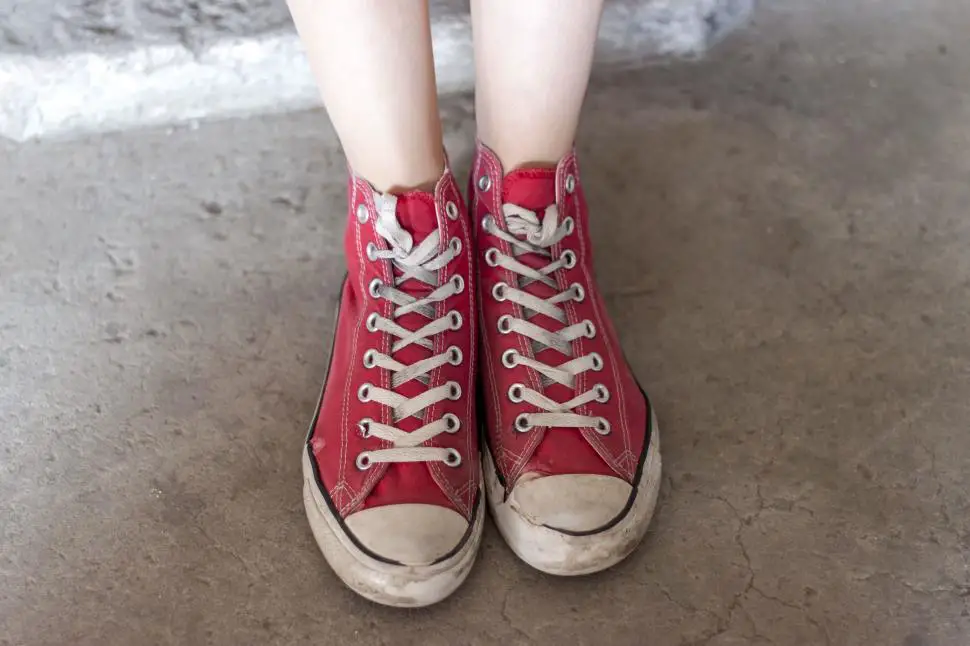
There was a time when a good pair of sneakers lasted years with proper care. Now, most start to break down after 6 to 12 months—especially if you wear them often. Cushioned soles flatten quickly, fabric rips, and glue separates. Even big-name brands seem to prioritize fashion and frequent releases over long-term durability.
This is partly by design: fast fashion has crept into footwear. People are encouraged to buy new pairs each season, not maintain old ones. And many sneakerheads rotate through collections without wearing them long. Longevity is no longer the priority it once was.
6. Nonstick pans
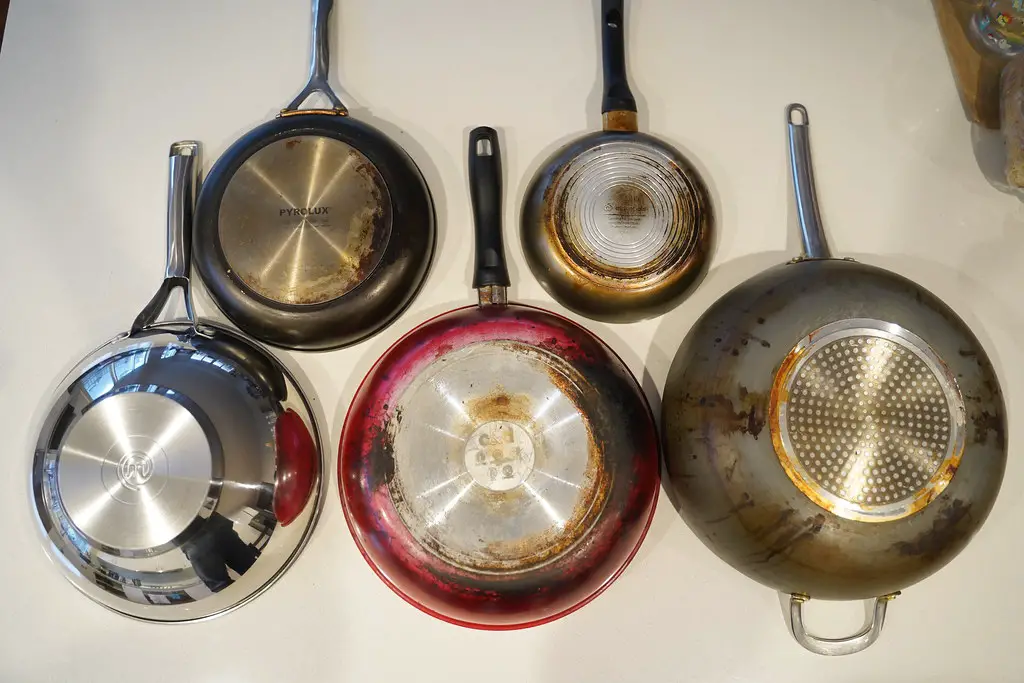
Nonstick pans used to last for years—decades, even—if you treated them right. But today’s versions often lose their coating within a year or two, especially under high heat. Scratch one surface or use the wrong utensil, and it’s done for. Once that Teflon flakes, the pan usually ends up in the trash.
Some of this comes down to cost—many people buy cheap, mass-produced cookware. Others just don’t want the hassle of cast iron or stainless steel. But with short life spans and questionable safety after degradation, modern nonstick pans aren’t built for the long haul. It’s convenience at a price.
7. Phones
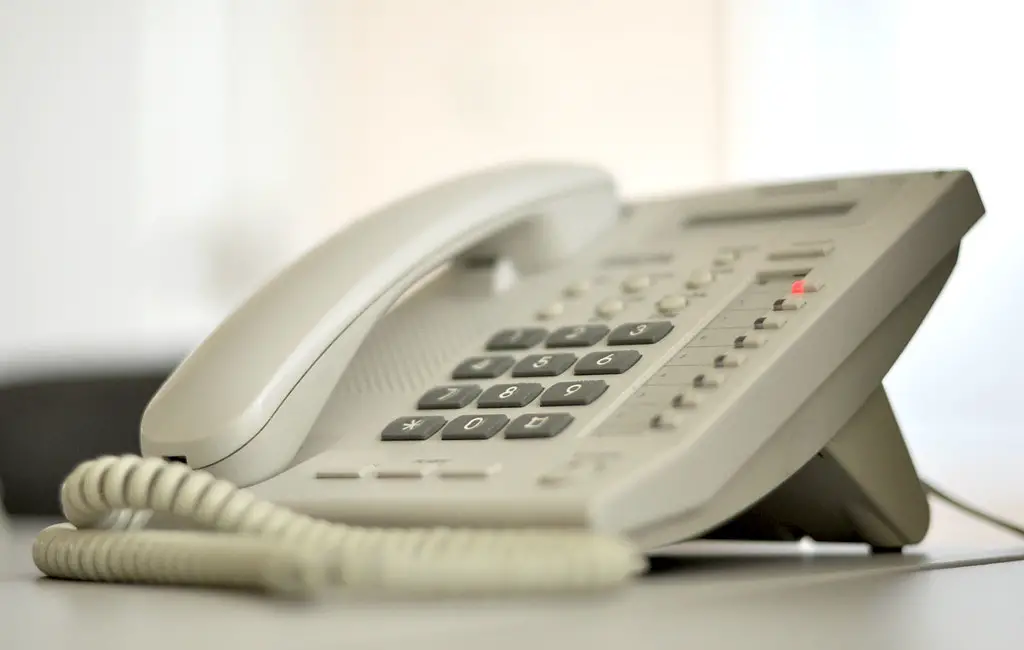
Remember when you could keep a phone for 5 to 7 years, replace the battery, and move on with your life? Now, phone batteries degrade faster, operating systems age out, and hardware becomes incompatible after just a few updates. Some models even stop working entirely when newer software is released. That’s not an accident—it’s engineered.
Most major phone brands follow a planned obsolescence model. New tech is released yearly, and consumers are nudged to upgrade constantly. Fixing a cracked screen or worn battery is often more expensive than getting a new phone. It’s a cycle that’s hard to break—and it wasn’t always this way.
8. Light bulbs
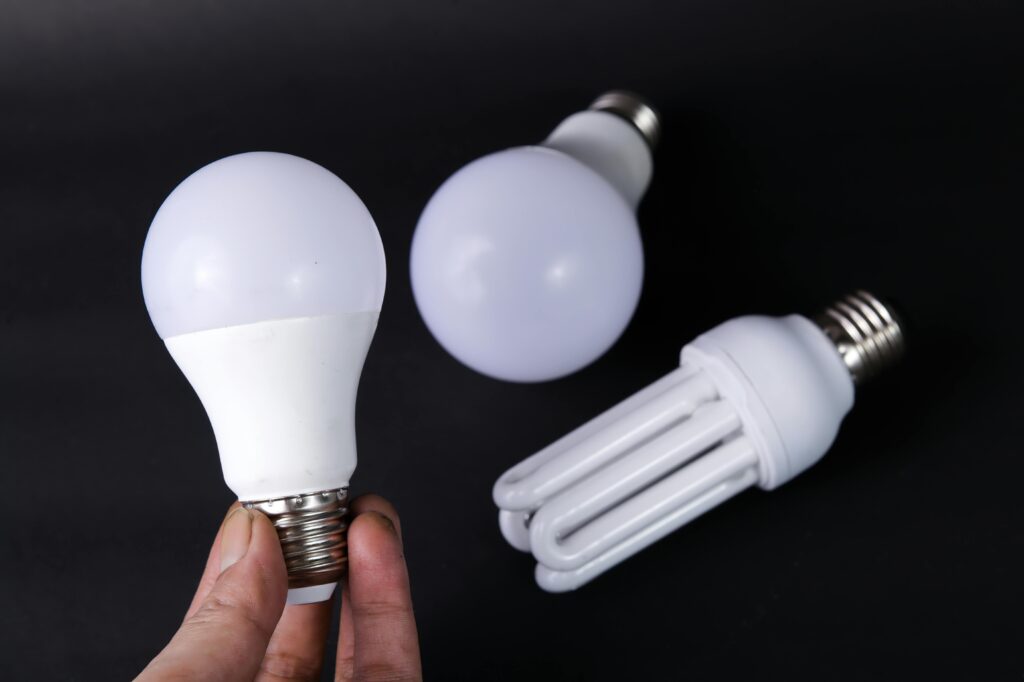
Old-school incandescent bulbs were cheap, simple, and lasted surprisingly long. Modern LEDs are energy-efficient, yes—but not always as long-lasting as advertised. Some dim or die within a year, especially the cheaper ones or those used with incompatible dimmers. And when they go, you can’t just swap out a filament.
LED bulbs are supposed to last 10+ years, but real-world results often vary. Power surges, heat, or low-quality brands can shorten their lifespan dramatically. Plus, they’re harder to recycle and more expensive upfront. So while they’re greener in theory, they’re not always more dependable.
9. Zippers
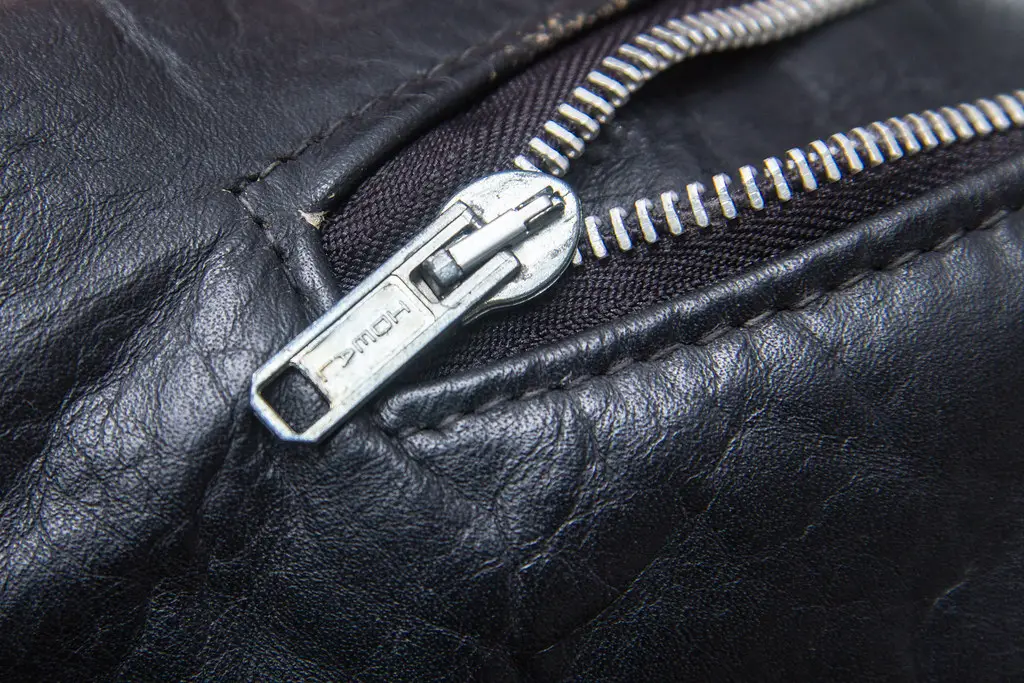
Once a reliable fixture on jackets, boots, and bags, zippers today seem designed to break. Teeth misalign, sliders jam, and pulls snap off far too easily. In the past, you could count on a metal zipper to last the life of the garment. Now? One tug in the wrong direction and it’s game over.
Cheaper materials and cost-cutting manufacturing are mostly to blame. Many fast fashion brands use plastic zippers that are difficult to repair. Tailors can fix them—but most people just replace the whole item. It’s another casualty of disposable design.
10. Furniture

Heirloom furniture—solid wood, handcrafted joints, and dovetail drawers—was made to last generations. Much of today’s furniture is made from particleboard or MDF, designed for quick assembly and short-term use. You might get five years before a leg wobbles or a drawer warps. Then it’s off to the curb or the donation center.
Flat-pack options from big-box stores are affordable and easy to move, but not built for long-term wear. Water damage, weight, or even a single move can reduce them to splinters. Unlike vintage pieces that get restored, modern furniture rarely gets a second life. It’s meant to be replaced, not repaired.
11. Headphones
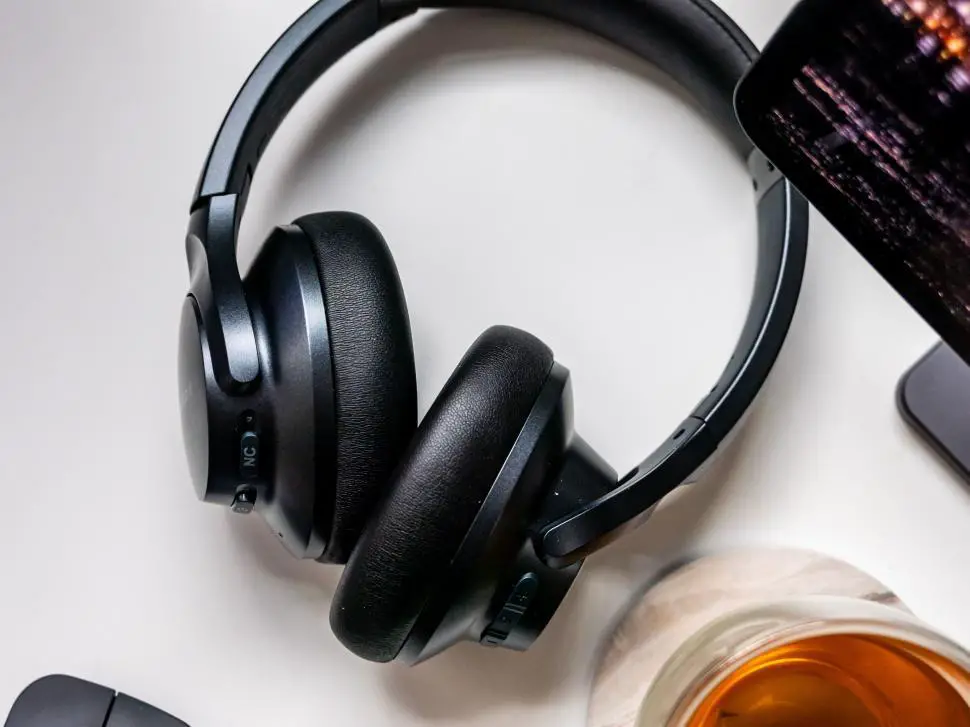
In the past, headphones were sturdy, repairable, and often came with replaceable parts. Today, wireless earbuds and headphones are more fragile, harder to fix, and frequently lost or damaged. Battery degradation, Bluetooth connectivity issues, and charging port failures are common complaints. And good luck finding a tech shop that repairs them.
The convenience of wireless audio came at the cost of durability. Many models aren’t water-resistant or shock-proof, and they don’t handle everyday wear well. Once the battery starts failing, they’re basically disposable. A far cry from the old over-ear sets that lasted for years.
12. Thermoses and insulated mugs
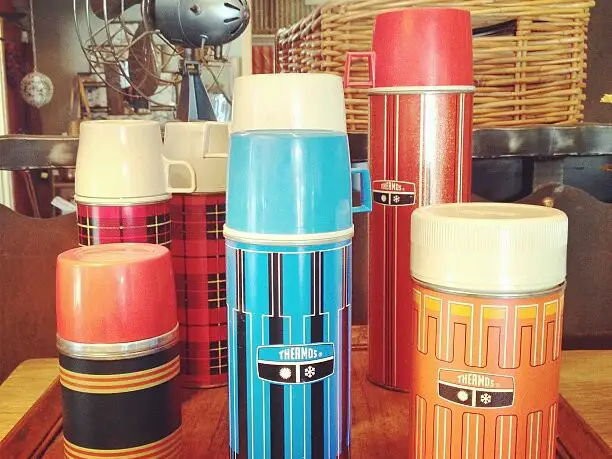
Older thermoses were nearly indestructible, often made with steel interiors and vacuum insulation that truly lasted a lifetime. Today’s versions—especially cheaper or promotional ones—tend to dent, leak, or lose their insulating power after a year or two. The rubber seals warp, or the lid stops screwing on properly. Even some big-name brands don’t offer the longevity they once did.
Yes, today’s designs are sleeker and lighter. But that often means thinner materials and more plastic components. People end up replacing their mugs every couple of years instead of keeping one trusty container. Another quiet downgrade in durability.
13. Irons
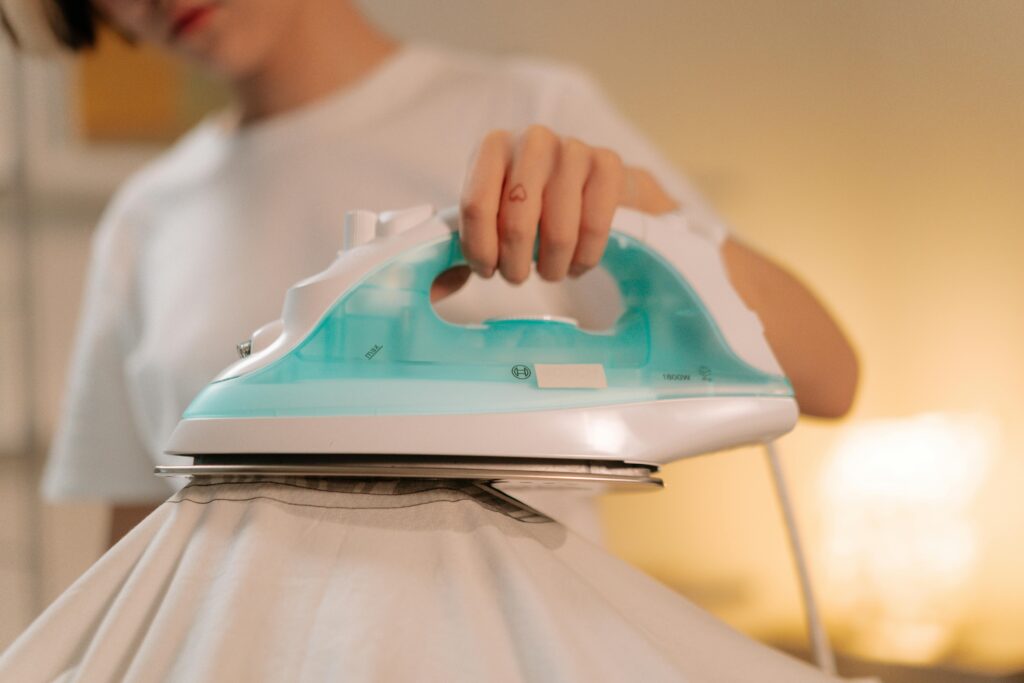
A good iron used to be a once-in-a-lifetime purchase—built with solid metal, long cords, and no-nonsense settings. Now, most irons feel flimsy, leak water, or stop heating evenly after just a few years. They’re made with lightweight plastic parts that don’t hold up to daily use. And once they fail, repairs are rarely worth the cost.
Some newer irons also have sensors and smart features that are prone to glitching. Steam functions break down, plates warp, and cords fray quickly. As a result, people either keep buying replacements or stop ironing altogether. It’s yet another tool that’s lost its staying power.
